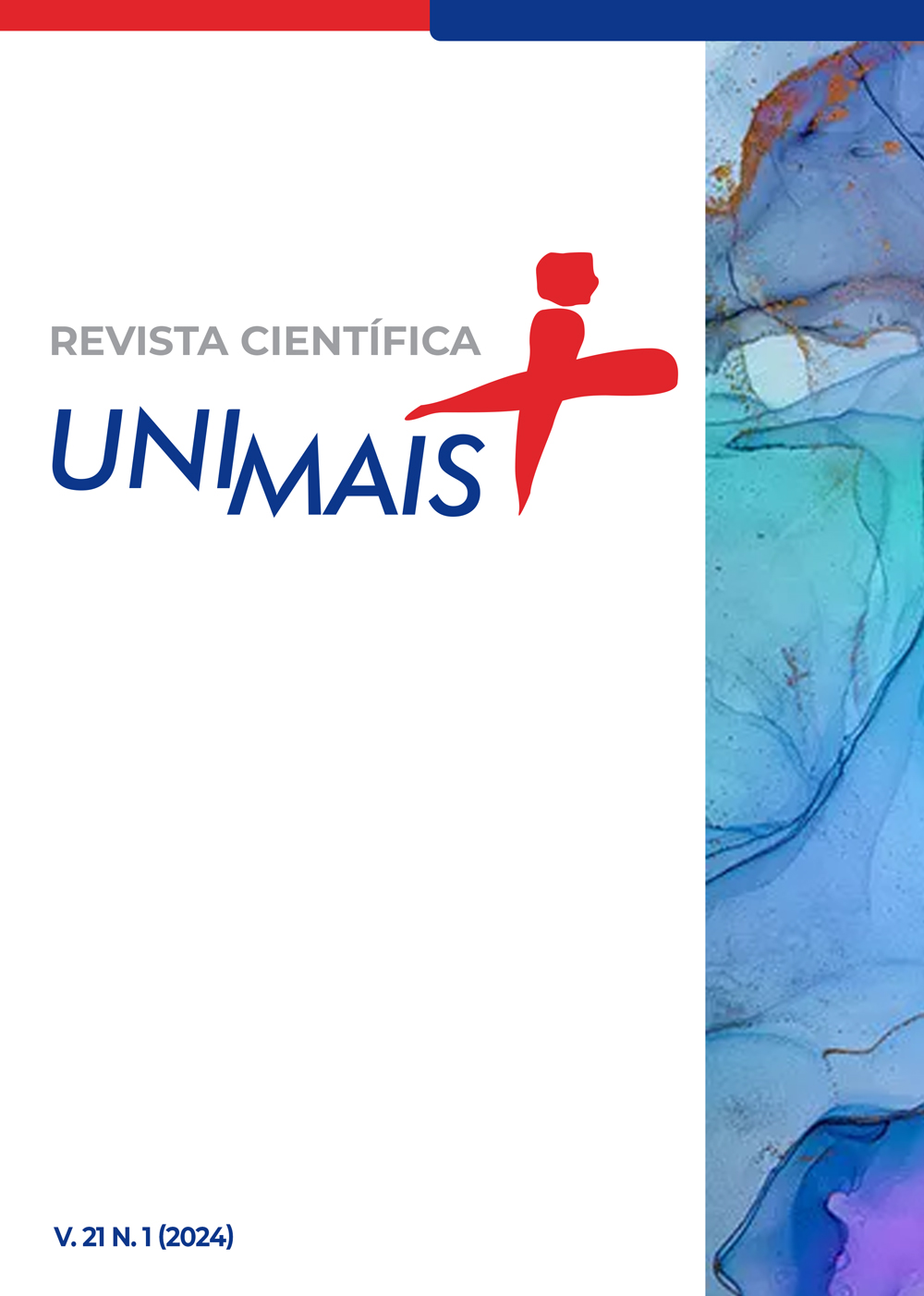DISCARDING OF PHARMACEUTICAL WASTE COLLECTED IN A UNIVERSITY COMMUNITY: AN EXPERIENCE REPORT
Keywords:
Medicines, environment, discard, contaminationAbstract
Discarding medications has become a common activity in society that can put human and environmental health at risk when done incorrectly. This work aims to collect and classify pharmaceutical waste from two university communities in Goiás. Two collection points were designated for the collection of medicines in two different locations: FaculdadeMais (FacMais) in Inhumas (GO) and, FacMais in Palmeiras de Goiás (GO). 268 medicines were collected in these institutions, 164 medicines in Inhumas (GO), classified into 35 different pharmacological classes, and 104 in Palmeiras de Goiás (GO), which make up 17 different classes. Most medicines collected in Inhumas were antifungal medicines 28 (18%), antiallergic medicines 22 (14%), antianemic medicines 23 (14%), multivitamins 11 (7%), medicines that act on the central nervous system 7 (4%), antimicrobials and antibiotics 3 (2%), the majority had expired dates 121 (74%). Regarding the medications obtained from the collection point available at Faculdade Mais de Palmeiras (GO), the majority were hormonal contraceptives 16 (15%), antihypertensives 14 (13%), and analgesics/anti-inflammatories/corticoids 12 (12 %). The study revealed a large quantity of medicines stored at home, which can contribute to environmental contamination and affect aquatic life. These results draw attention to the lack of pharmaceutical professionals in places such as Basic Health Units (UBS) and small and medium-sized pharmacies, which could mitigate negative environmental and public health impacts.









